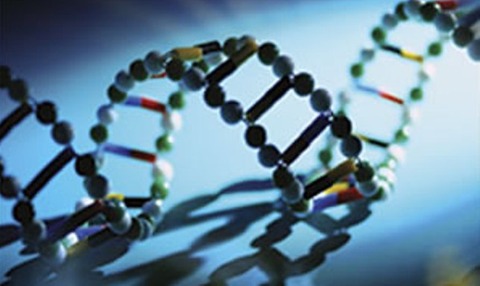Scientists develop semi-synthetic organism
8 May 2014

Scientists have engineered the first semi-synthetic organism capable of transmitting added letters in DNA for first time.
A group of scientists in the US have created a genetically modified E.coli bacterium with an added pair of DNA “letters” that do not occur naturally.
Differing from typical DNA coding, which features C-G & A-T base pairs, the unique organism sheds light on the possibility of storing genetic information in ways previously unknown.
“What we’ve made is an organism that stably contains those two plus a third, unnatural pair of bases
Professor Floyd Romesberg
“Life on Earth in all its diversity is encoded by only two pairs of DNA bases, A-T and C-G, and what we’ve made is an organism that stably contains those two plus a third, unnatural pair of bases,” said professor Floyd Romesberg of the Scripps Research Institute (SRI) in La Jolla, California.
“This shows that other solutions to storing information are possible and, of course, takes us closer to an expanded-DNA biology that will have many exciting applications – from new medicines to new kinds of nanotechnology.”
During its study, the SRI team synthesised a stretch of circular DNA and inserted it into cells of the common bacterium E. coli.
Using the best-performing semi-synthetic base pair organism, coupled with plasmid containing naturally occurring DNA, Romesberg’s team set about getting the E.coli cells to replicate the semi-synthetic DNA as normally as possible.
To ensure the E.coli replicated the DNA containing the new unnatural bases, the researchers had to supply the molecular building blocks artificially, by adding them to the fluid solution outside the cell.
Using a species of microalgae capable of importing unnatural triphosphates, the team managed to transport the necessary building blocks into the cells.
“That was a big breakthrough for us – an enabling breakthrough,” said Denis Malyshev, a member of the Romesberg laboratory.
The next step for Romesberg and his team is to demonstrate the in-cell transcription of the new, expanded-alphabet DNA into the RNA that feeds the protein-making machinery of cells.
“In principle, we could encode new proteins made from new, unnatural amino acids – which would give us greater power than ever to tailor protein therapeutics and diagnostics and laboratory reagents to have desired functions,” Romesberg said.

